You are here : Home City of energies > GDR IBCO2 Board members
GDR 2104 - IBCO2
Board Members
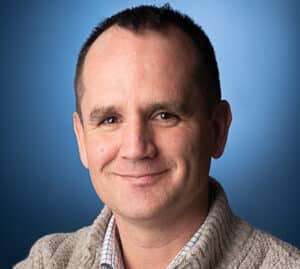
Bernard Genty – CR CNRS Institut de Biosciences et Biotechnologies Aix-Marseille (BIAM – UMR 7265) CEA Cadarache / Cité des Énergies Carbon concentration, Non-invasive instrumentation, Geochemical cycles.
Alain Gojon – DR INRAe 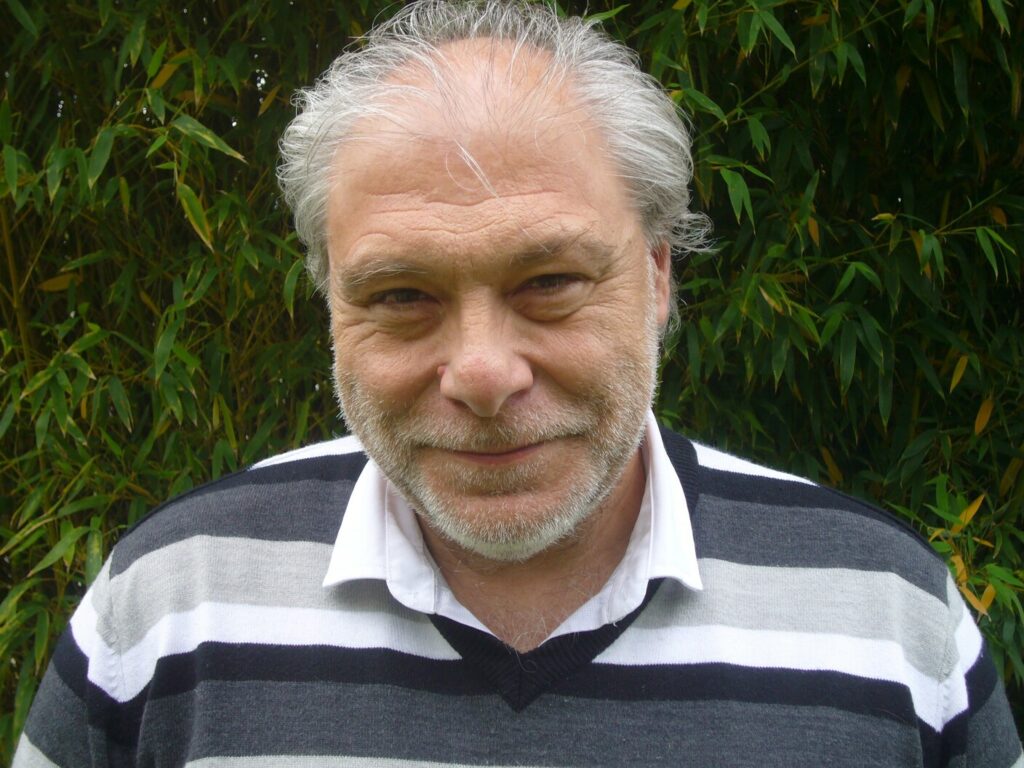 UMR Biochimie & Physiologie Moléculaire des Plantes – (B&PMP) Biochemistry & Plant Molecular Physiology, Montpellier I am interested in plant nitrogen nutrition; nitrate transport and signalling; adaptive responses of the root system to nitrogen stress and the Impact of climate change on plant mineral nutrition
UMR Biochimie & Physiologie Moléculaire des Plantes – (B&PMP) Biochemistry & Plant Molecular Physiology, Montpellier I am interested in plant nitrogen nutrition; nitrate transport and signalling; adaptive responses of the root system to nitrogen stress and the Impact of climate change on plant mineral nutrition
Xenie Johnson – DR CEA 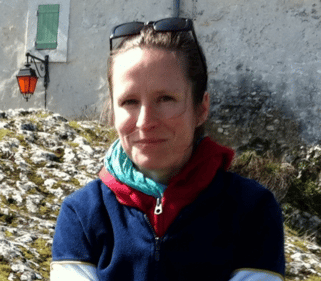
Anja Krieger-Liszkay – DR CNRS 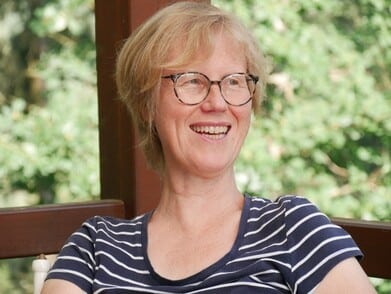
Regulation of photosynthetic electron transport and protection against oxidative stress. I am interested in an integrative approach from the whole leaf to the isolated reaction center. I study the molecular mechanism in vivo using non-invasive biophysical techniques (chlorophyll fluorescence, thermoluminescence, absorption) and in vitro using biophysical and biochemical techniques on isolated membranes/protein complexes. Research mainly on higher plants (Arabidopsis and tobacco), Marchantia polymorpha but also on Chlamydomonas reinhardtii and cyanobacteria.
Annamaria Quaranta – DR CEA Photobiology, Photosynthesis, Photocatalysis, Saclay Artifical photosynthesis, Electron transfer and Spectroscopy
Norbert Rolland – DR CNRS CD-Adjoint Département BAP INRAe 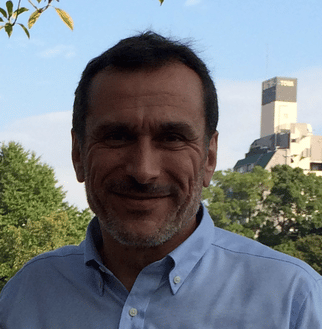
Nicolas Rouhier – Professor, University of Lorraine 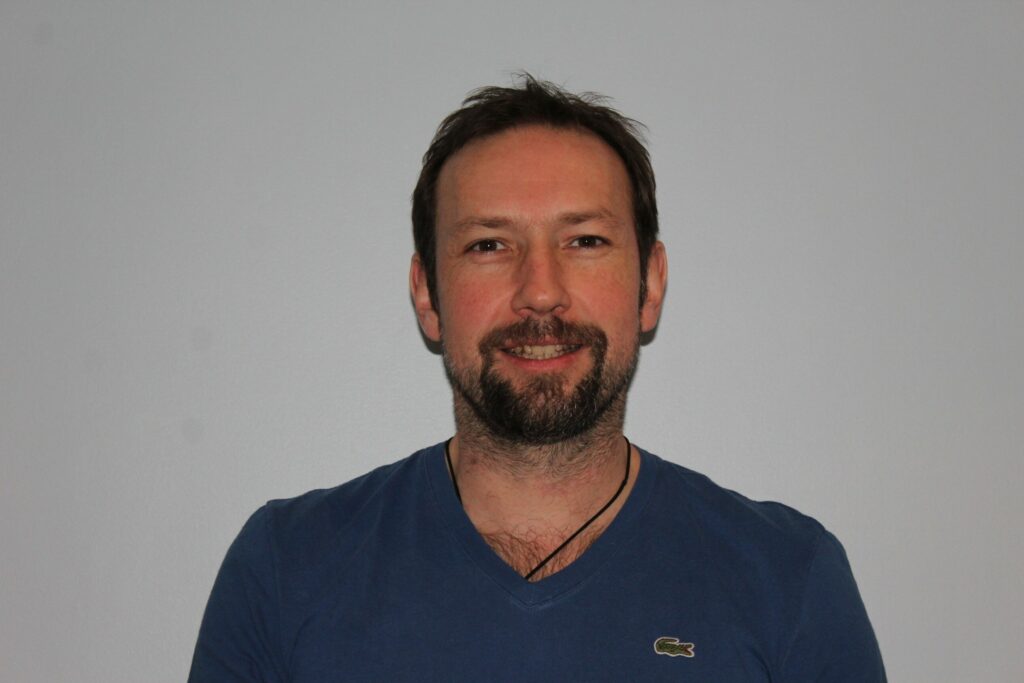
Anne-Soisig Steunou-Blanc – CR, CNRS Biologie et Biotechnologie des Cyanobactéries, Saclay Photosynthetic bacteria, cyanobacteria and metallo-proteins
Olivier Vallon – DR, CNRS Biologie du chloroplaste et perception de la lumière chez les micro-algues UMR7141, IBPC, Paris Photosynthesis, Genomics and Genetics of microalgae
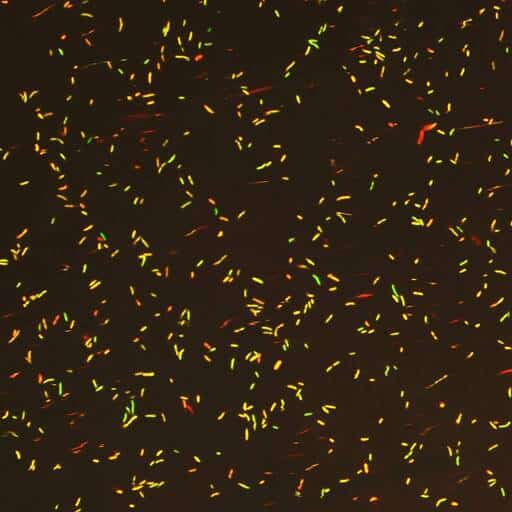
Head of Group
Xenie JOHNSON
Associated UMRs
Contact
Tel : 04.42.25.49.61
Key words
Molecular biogenesis of the chloroplast; Carbon concentration mechanisms; Non-invasive instrumentation; Geochemical cycles; Nutrition, root architecture and relationship to CO2 uptake; Biophysics and electron transfer; Artificial photosynthesis; Spectroscopy; Plant stress responses; Redox control in chloroplasts; Photosynthetic bacteria; Cyanobacteria; Metallo-proteins; Algae; Systems Biology; Oceanic productivity; C/N ratios; Photosynthetic yields and biomass
